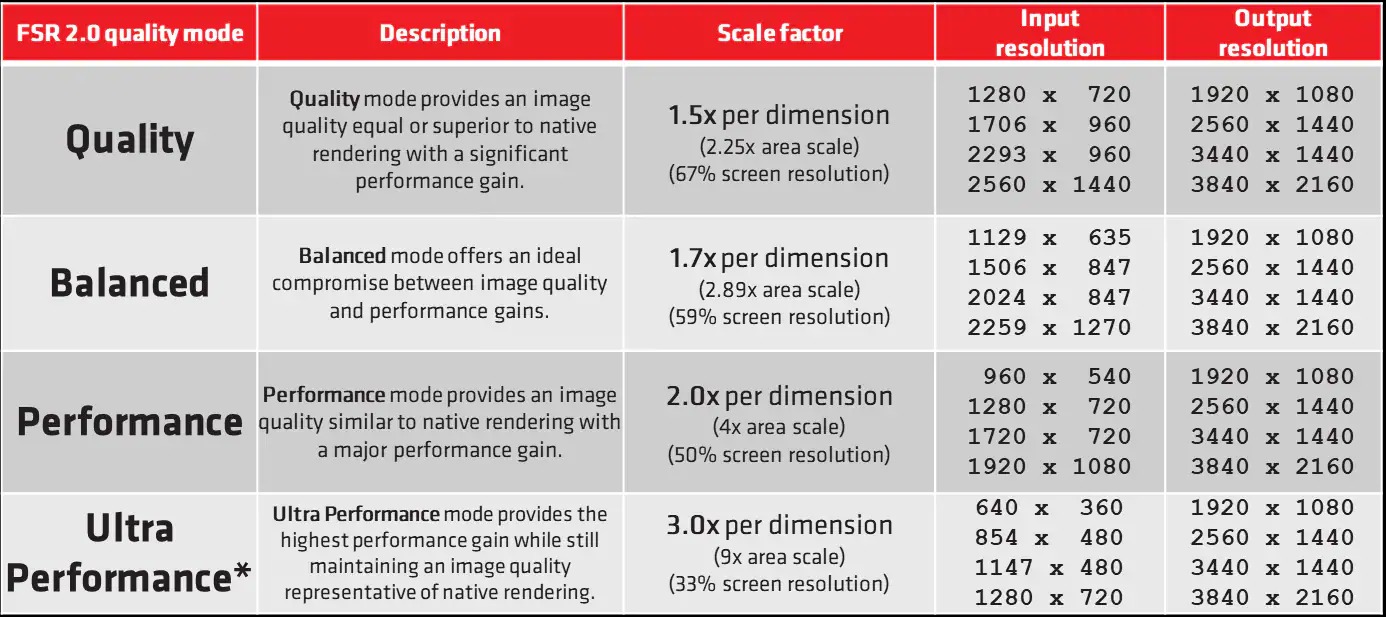Also worth noting that this isn't limited to just FSR.Well yes since the faster gpu will render faster. Also faster gpus will be able to do higher res upscaling
:format(webp):no_upscale()/cdn.vox-cdn.com/uploads/chorus_asset/file/23340231/fsr_performance_mode_timing.jpg)
:format(webp):no_upscale()/cdn.vox-cdn.com/uploads/chorus_asset/file/23340218/fsr_hardware.jpg)

DLSS 2.0 is the same in this metric. In terms of render costs there doesn't appear to be a significant difference between the two either.
https://media.discordapp.net/attachments/697380355937927239/956649443388686396/20220324_202136.jpg
